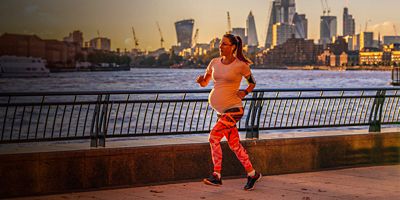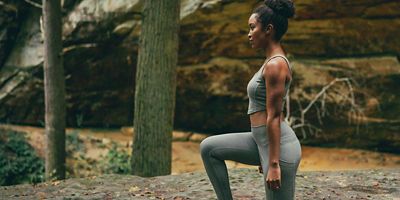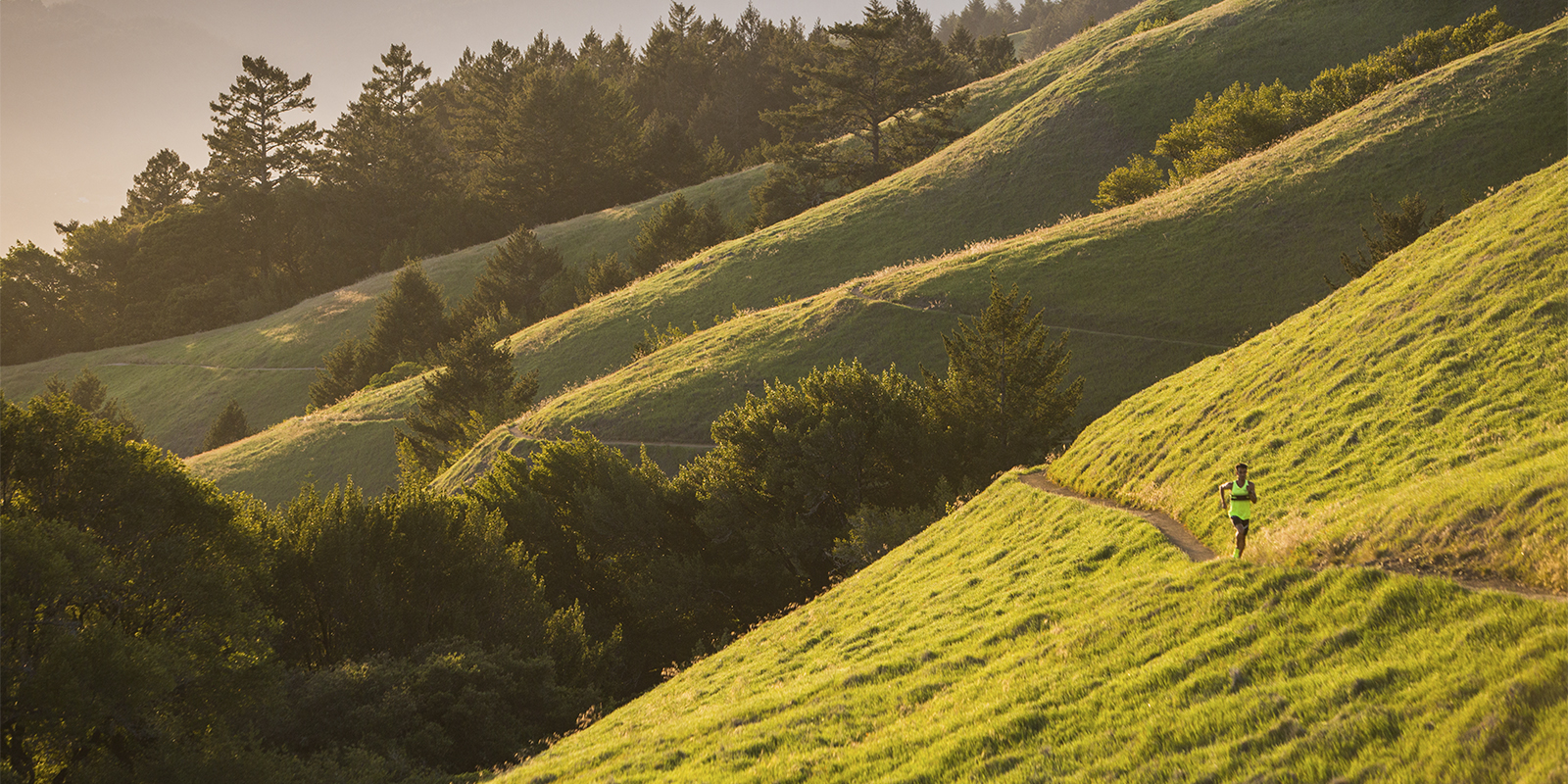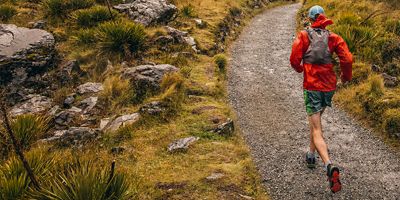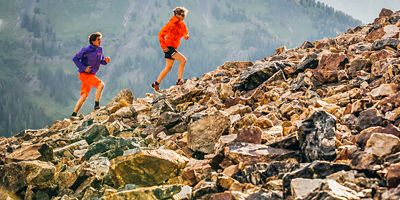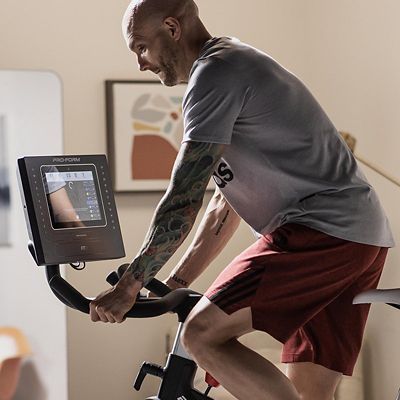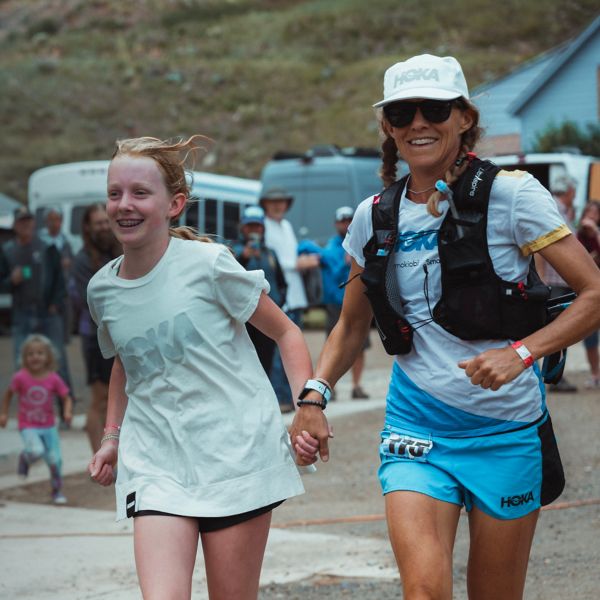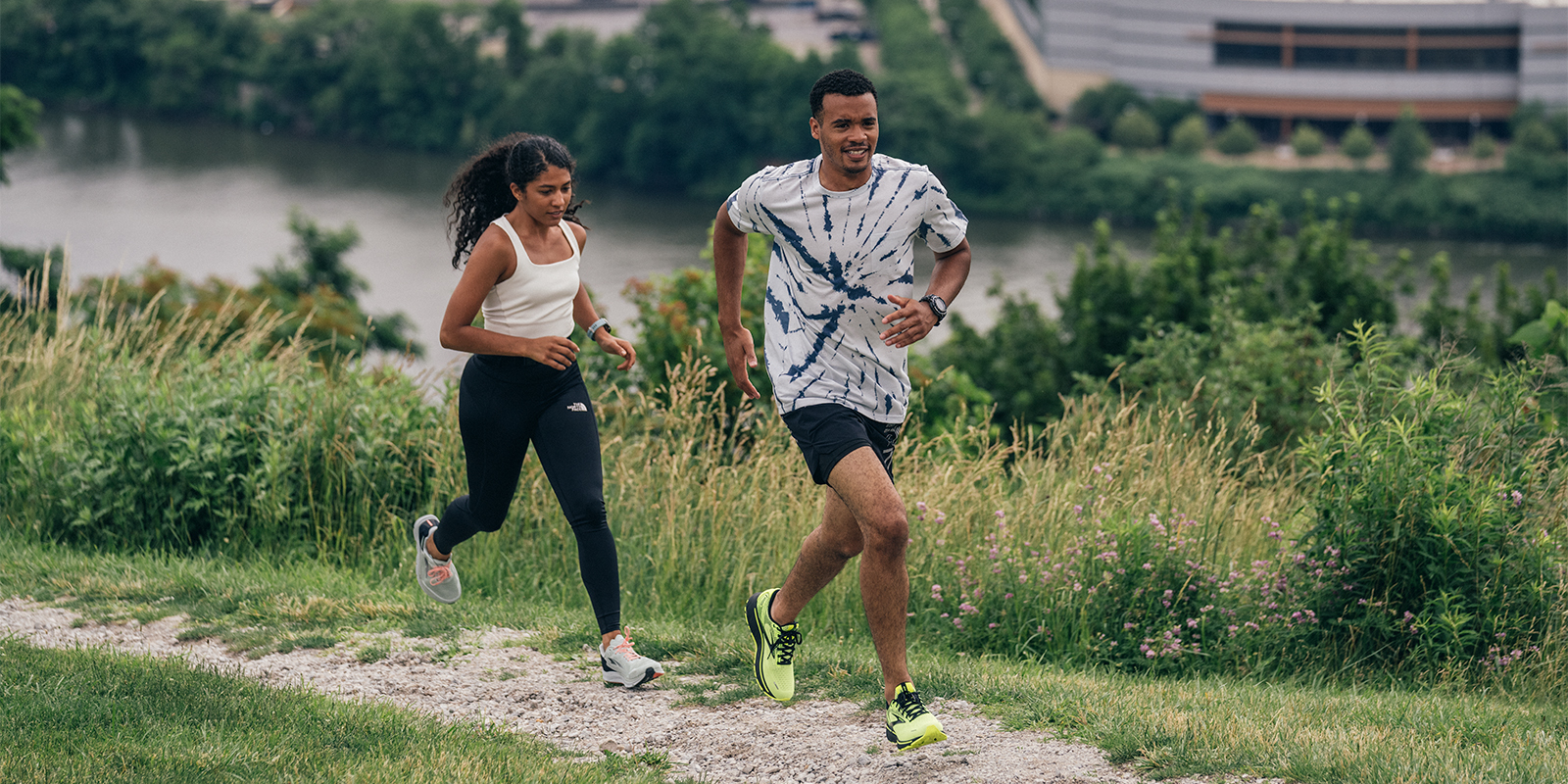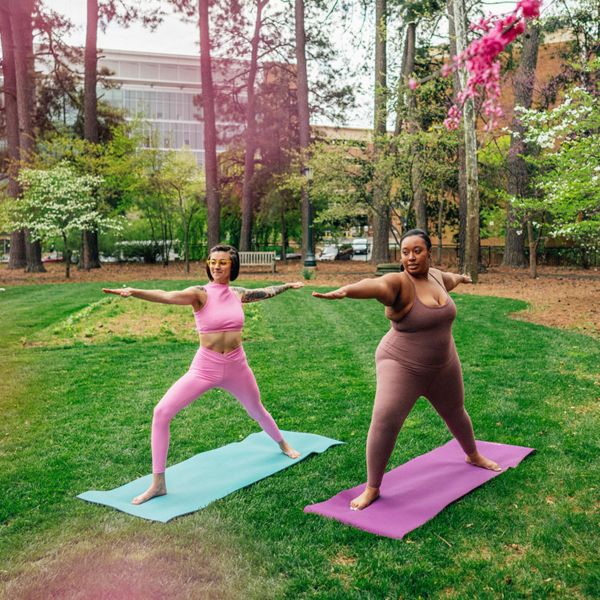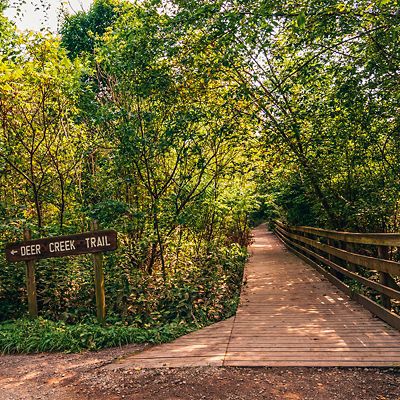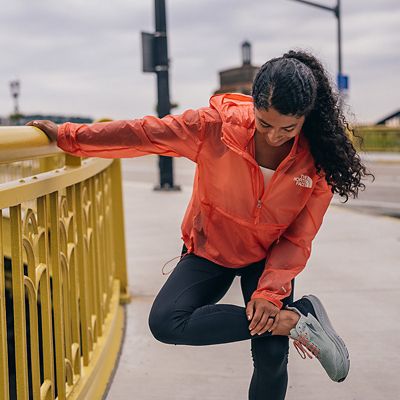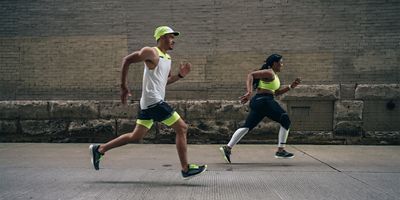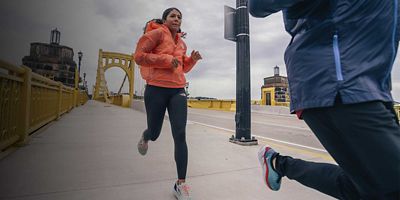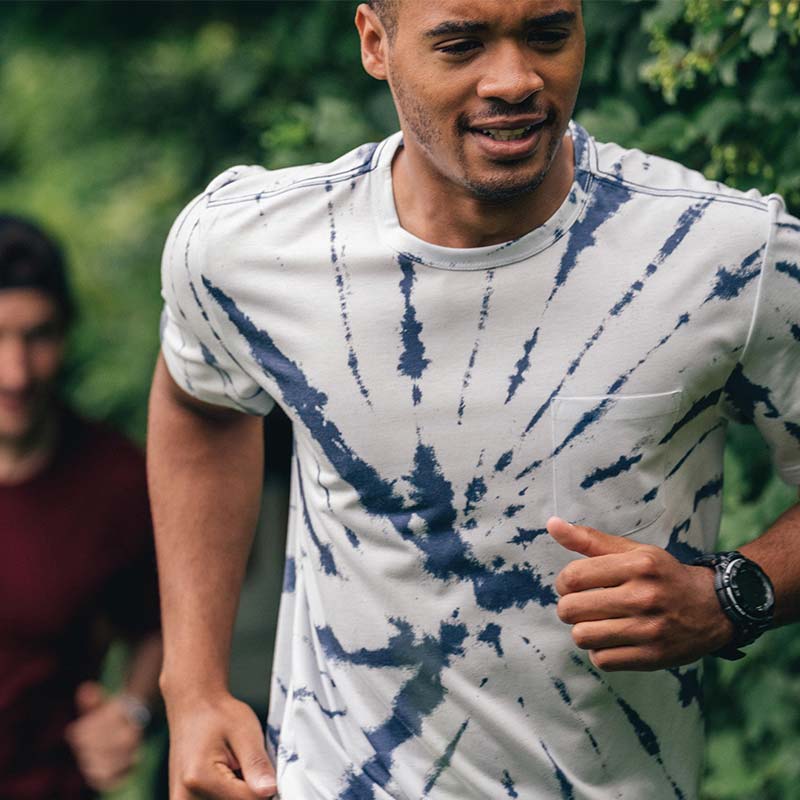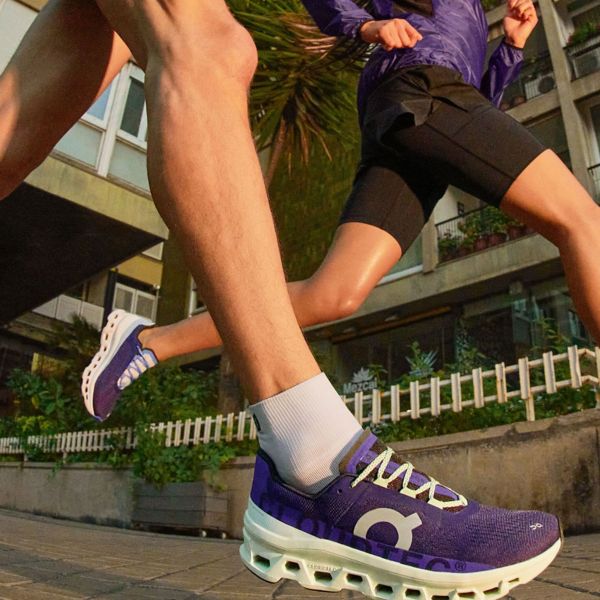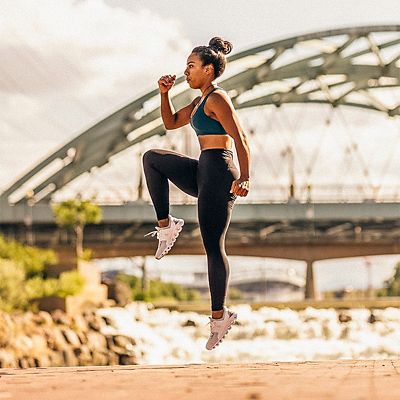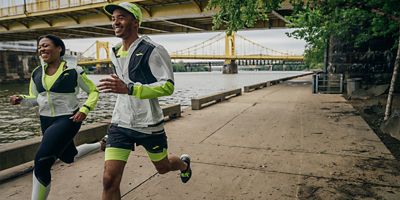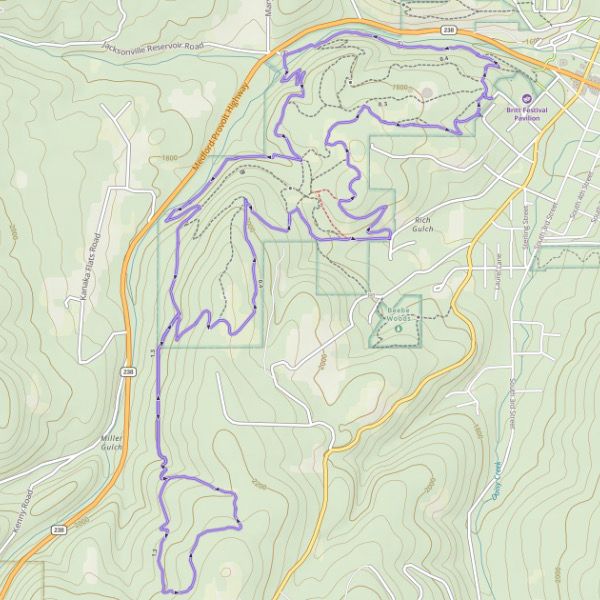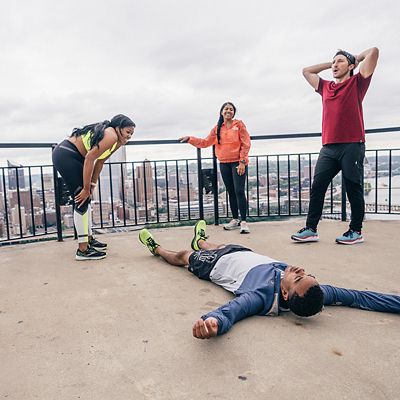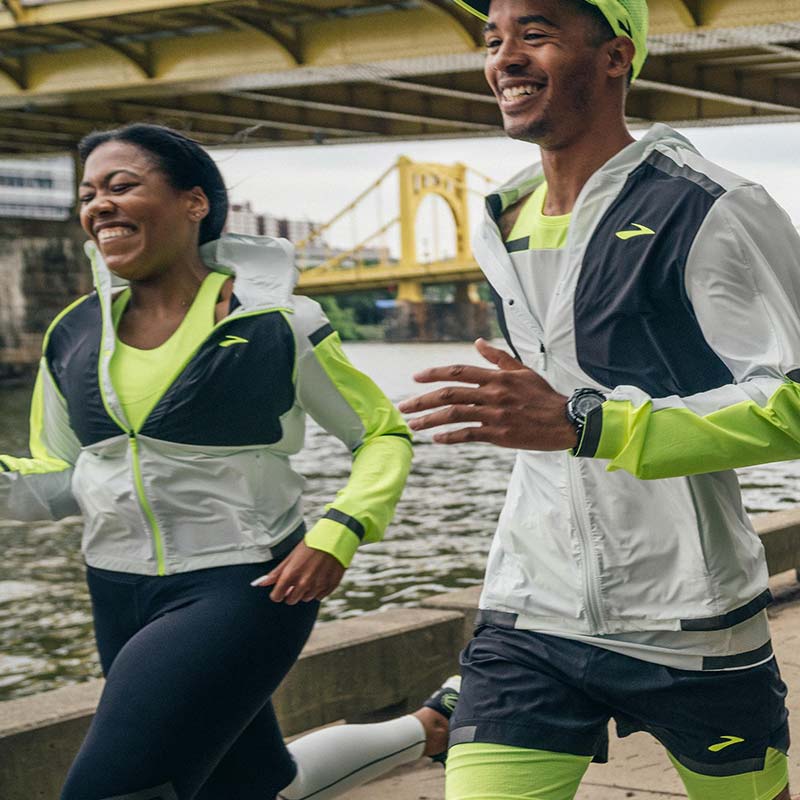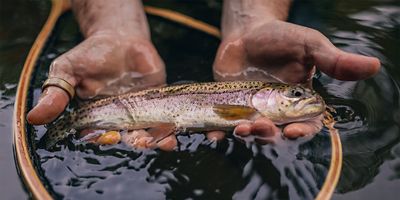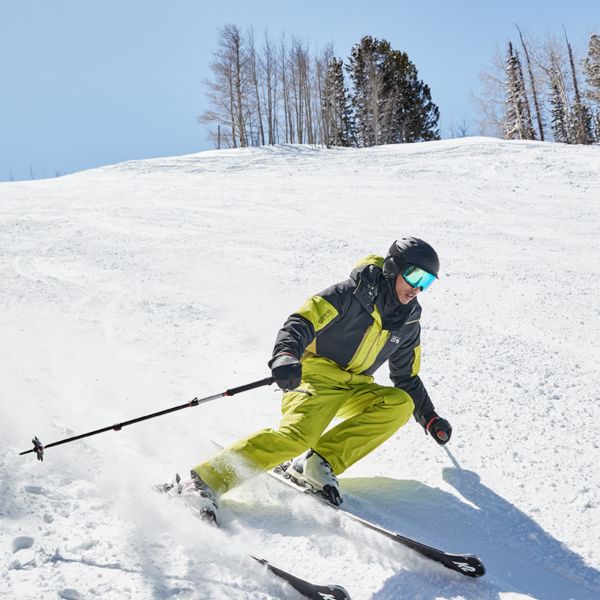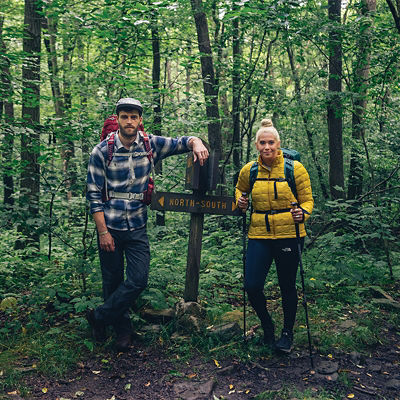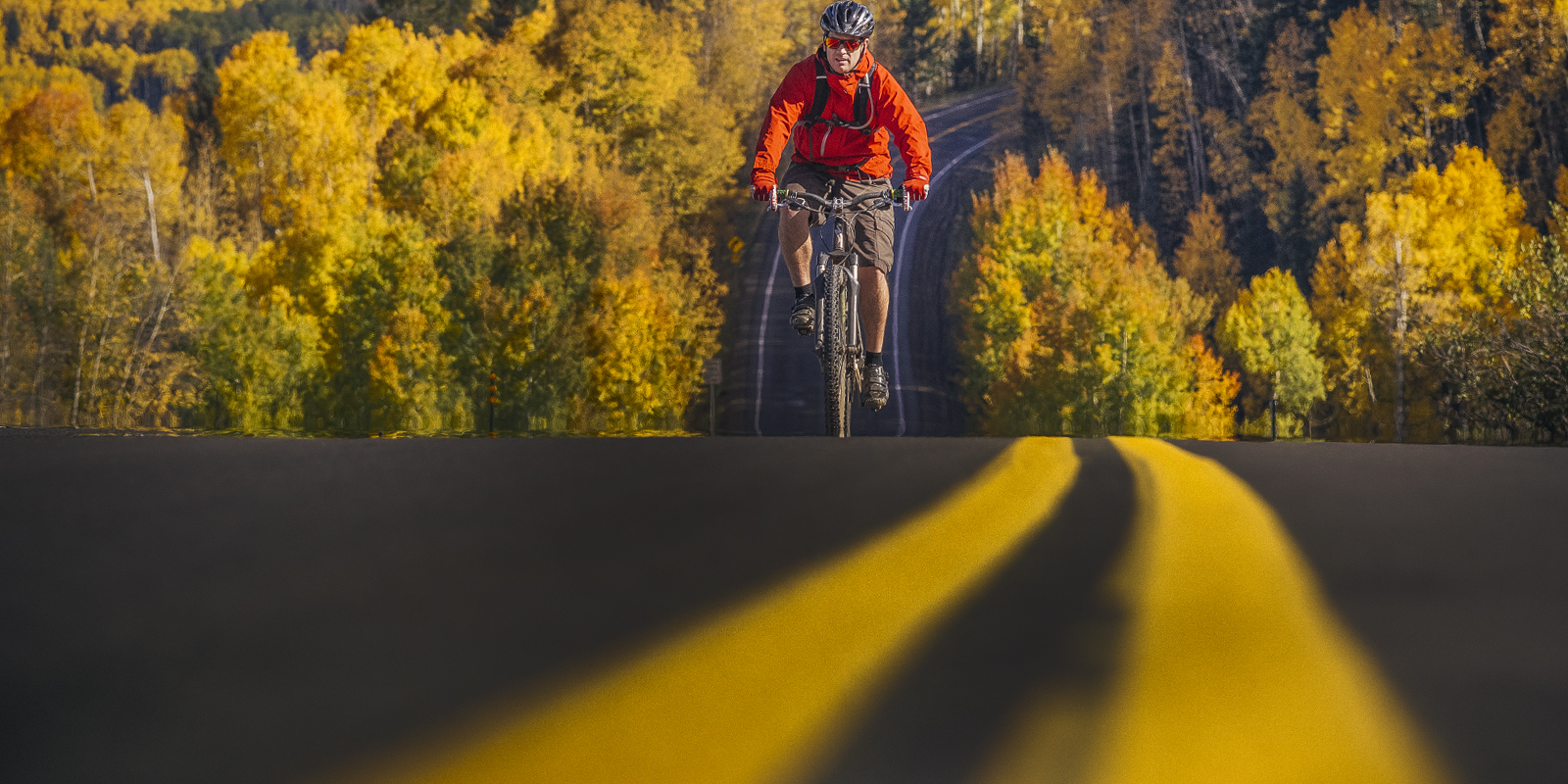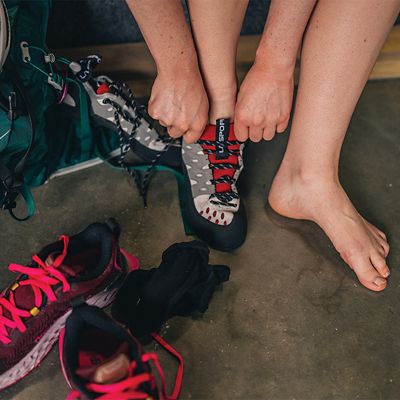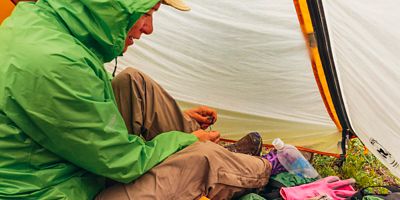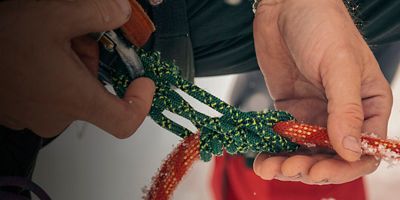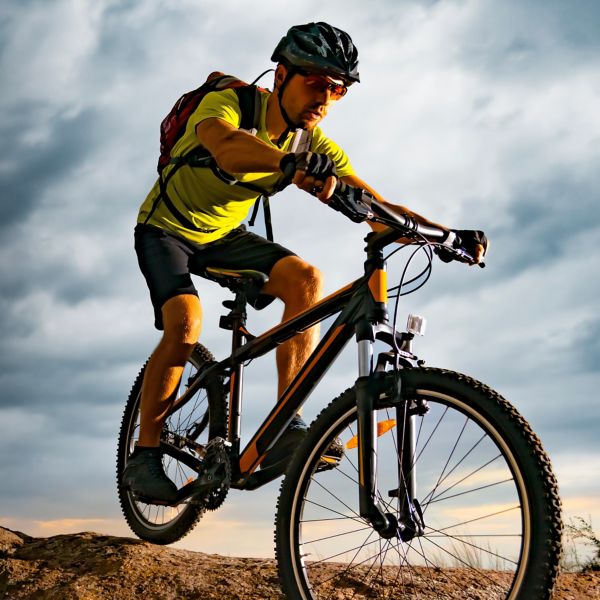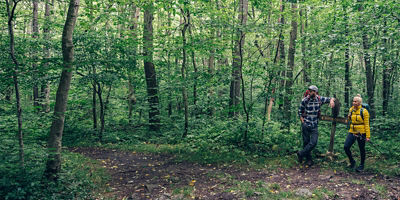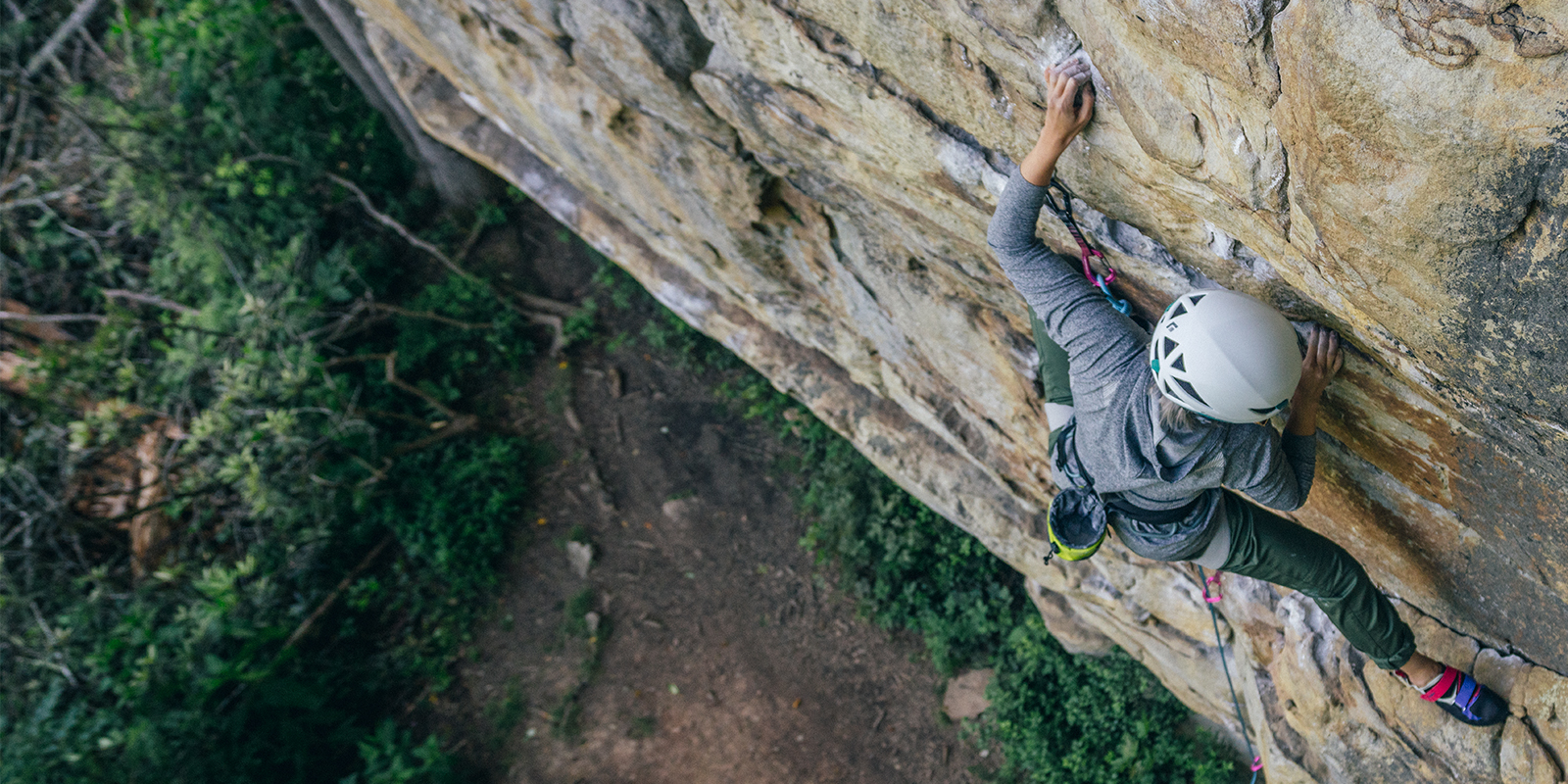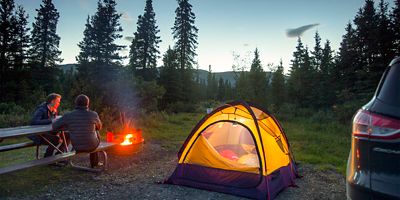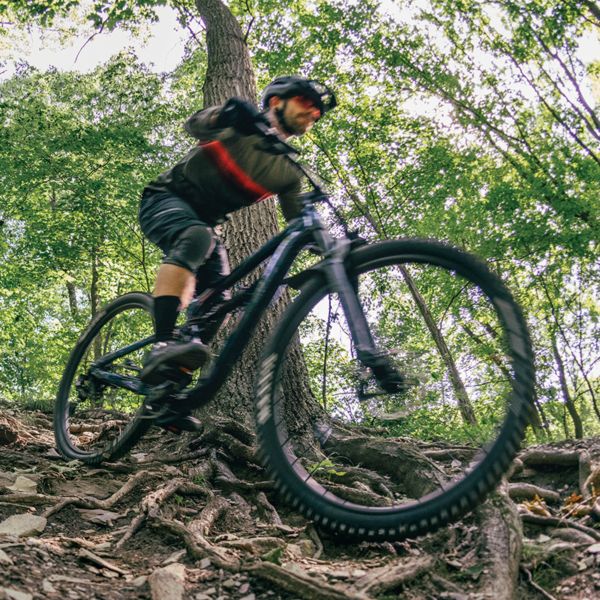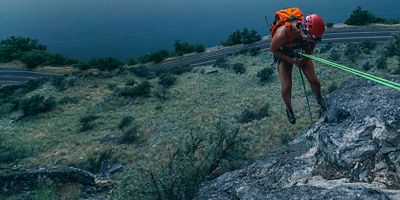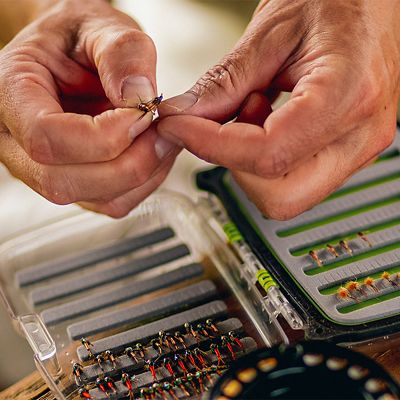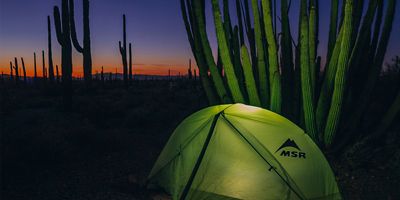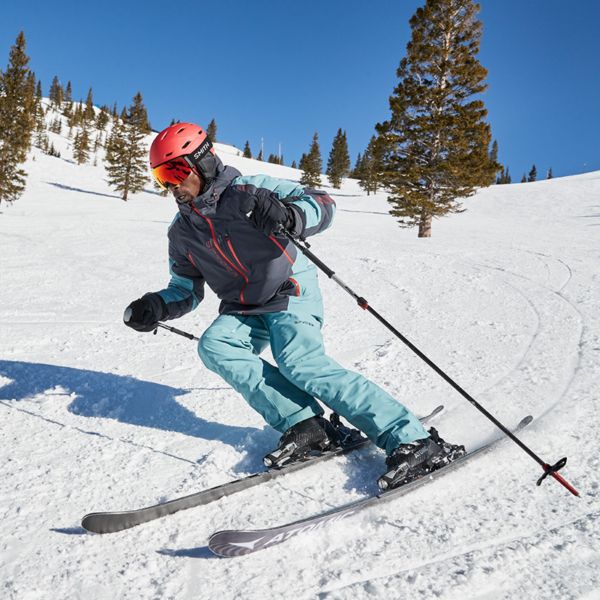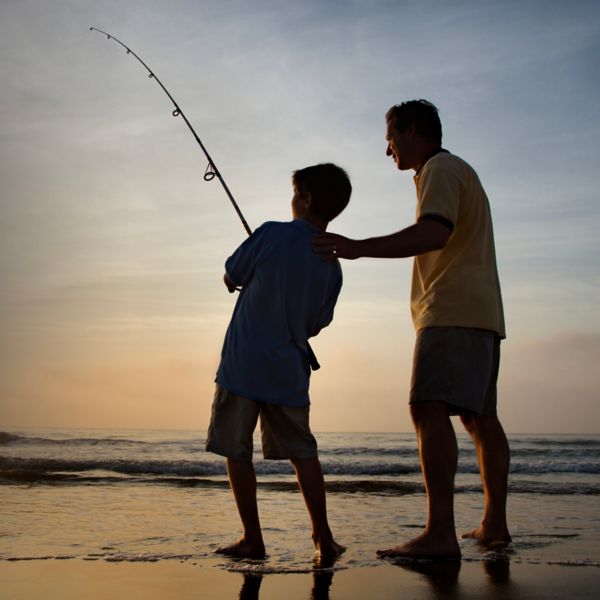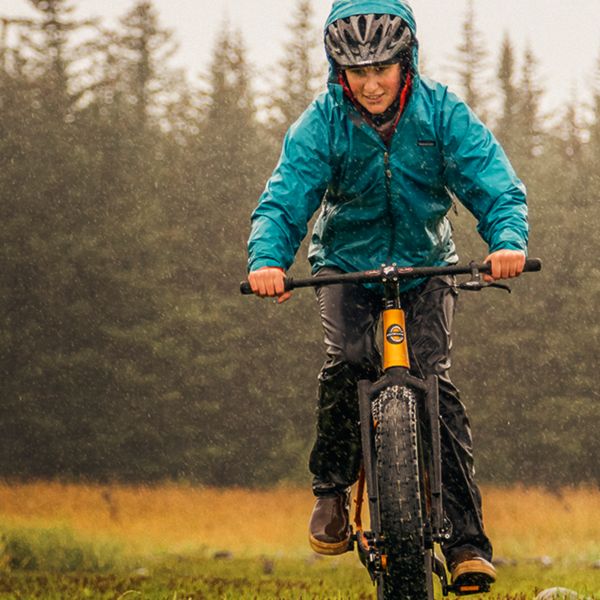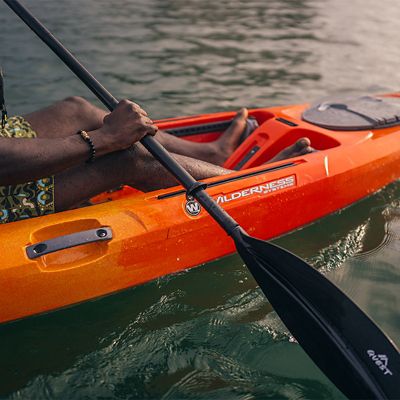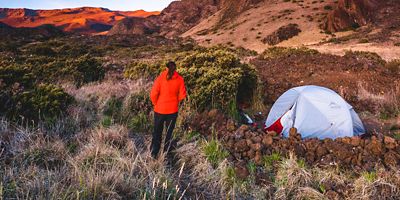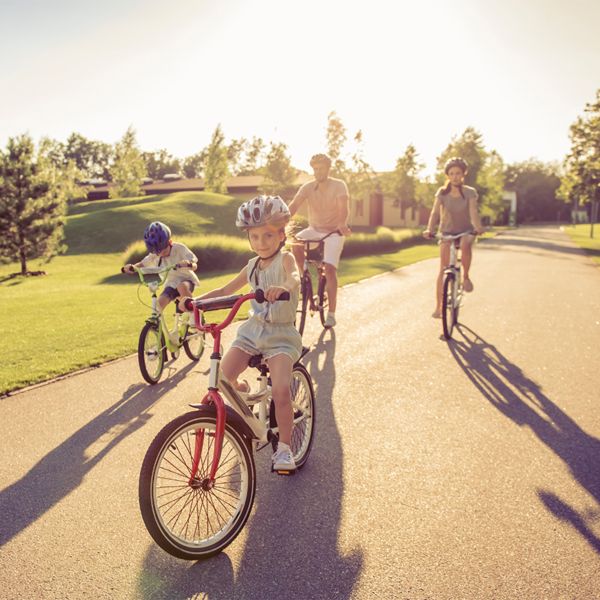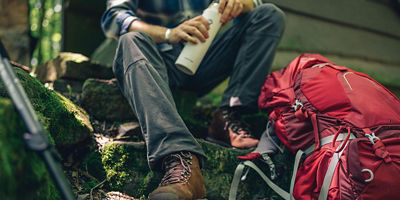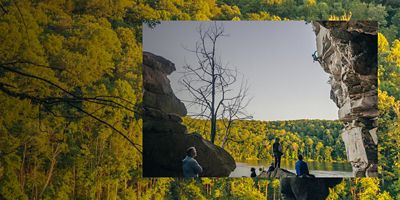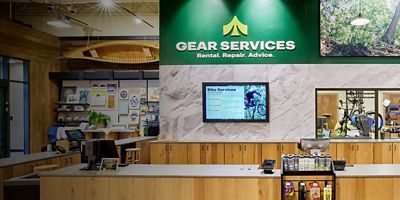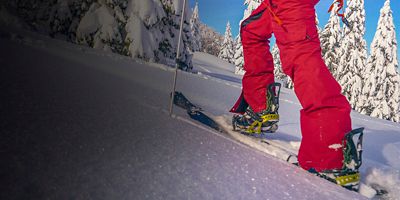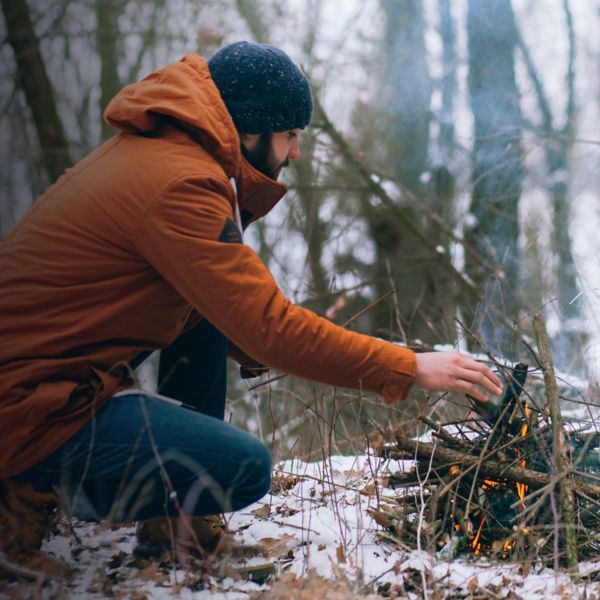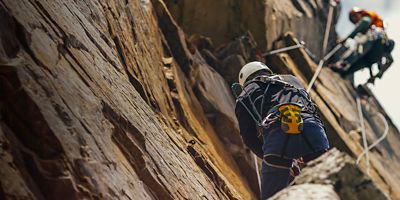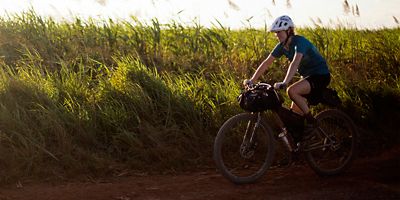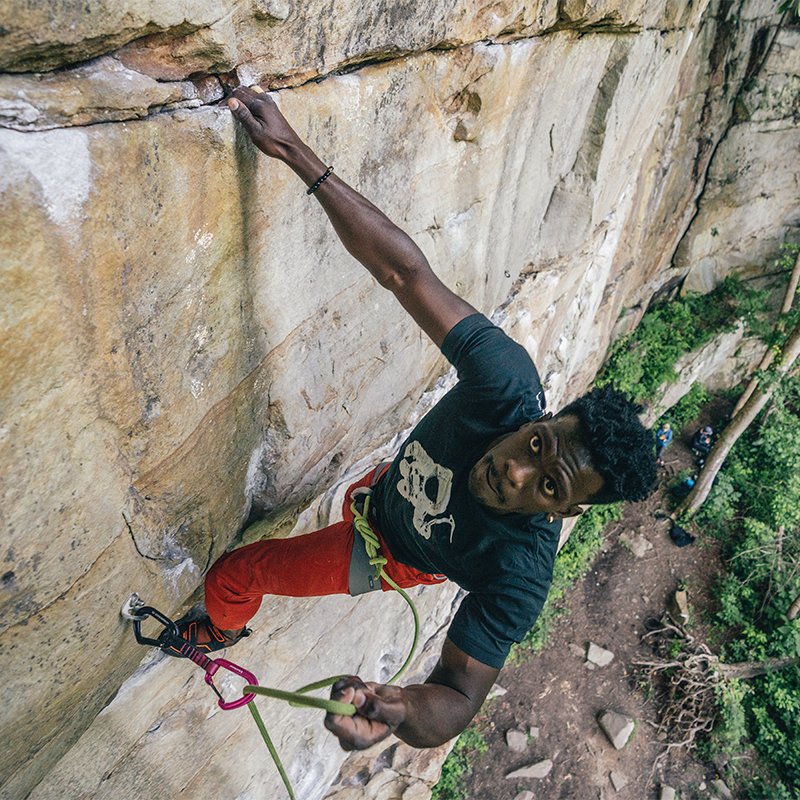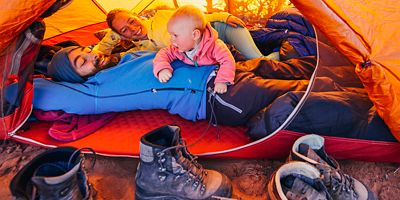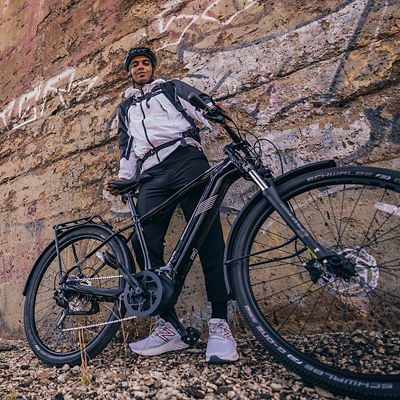You might be tempted to use road running shoes for trail running. Don’t. You’ll ruin them fast (road running shoes are not as durable as trail runners), and they don’t offer the protection or traction you need for trails. At best that means you’ll enjoy trail running less, and at worst it could lead to injury.
Trail running shoes come in a range of options, from minimalist to highly cushioned to super protective. Some models achieve a combination of benefits. All types have their merits. To find the right trail running shoe for you, the first thing to ask yourself is this: What type of trail running will you be doing most often?
Smooth Flats to Rolling Dirt, Woodchips, or Grass
This is the most forgiving surface, so despite the advice above, you can get away with road running shoes if you must. But having the traction of a trail shoe will give you better grip on loose surfaces. Look for shoes that mirror road running shoes in being highly flexible to allow a smooth running stride; lightweight to not add unnecessary effort to your stride; and the amount of cushioning you prefer. Choose low-profile traction, like slight protrusions of rubber (say, 3-4mm lugs) instead of larger (like, 5-7mm lugs). For this type of running, there’s no need to purchase shoes with sticky rubber outsoles.
Road to Trail
If you run a mix of roads and trails—like running out your door and through neighborhoods en route to trails—you’ll want a shoe that can handle both surfaces. For comfort on pavement and hard-packed trails, you’ll likely want shoes that are more cushioned. That generally means the shoes will have a thicker rather than thinner midsole.
You’ll also want a shoe that’s flexible enough to allow a smooth stride on roads instead of feeling stiff, which you’ll get from the most protective trail shoes. Once you reach the trails, you’ll need traction underfoot. But since you ran roads to get there, it’s best to search for shoes with smaller lugs (again, in the 3-4mm range) that are in a flat, smooth pattern as opposed to large, toothy protrusions.






